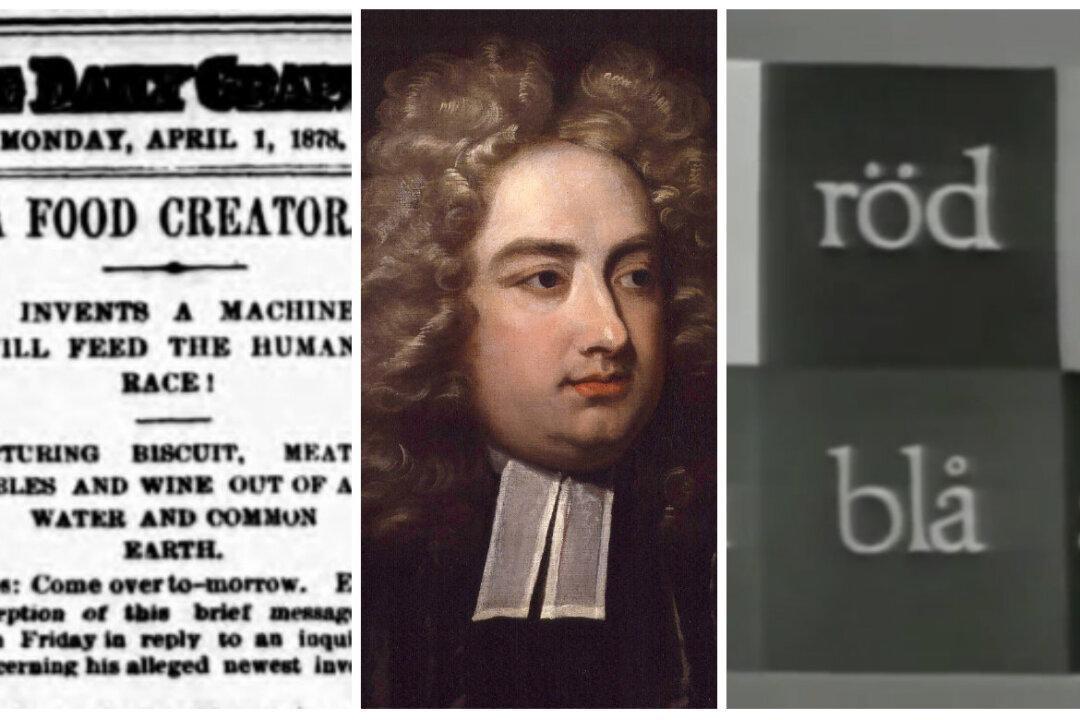The advent of the internet has made it incredibly easy to connect with individuals across the globe. With high-speed connections that allow one to have multiple transcontinental conversations in the time it takes to boil a kettle, communication has never been easier.
Quite like all modern interactions, performing April Fools’ pranks on April 1 has become a major feature of internet culture. But online pranks usually only require a modem, a couple of clicks of a mouse, and a few taps on a keyboard.
Pranking before the internet age was not as easy.





